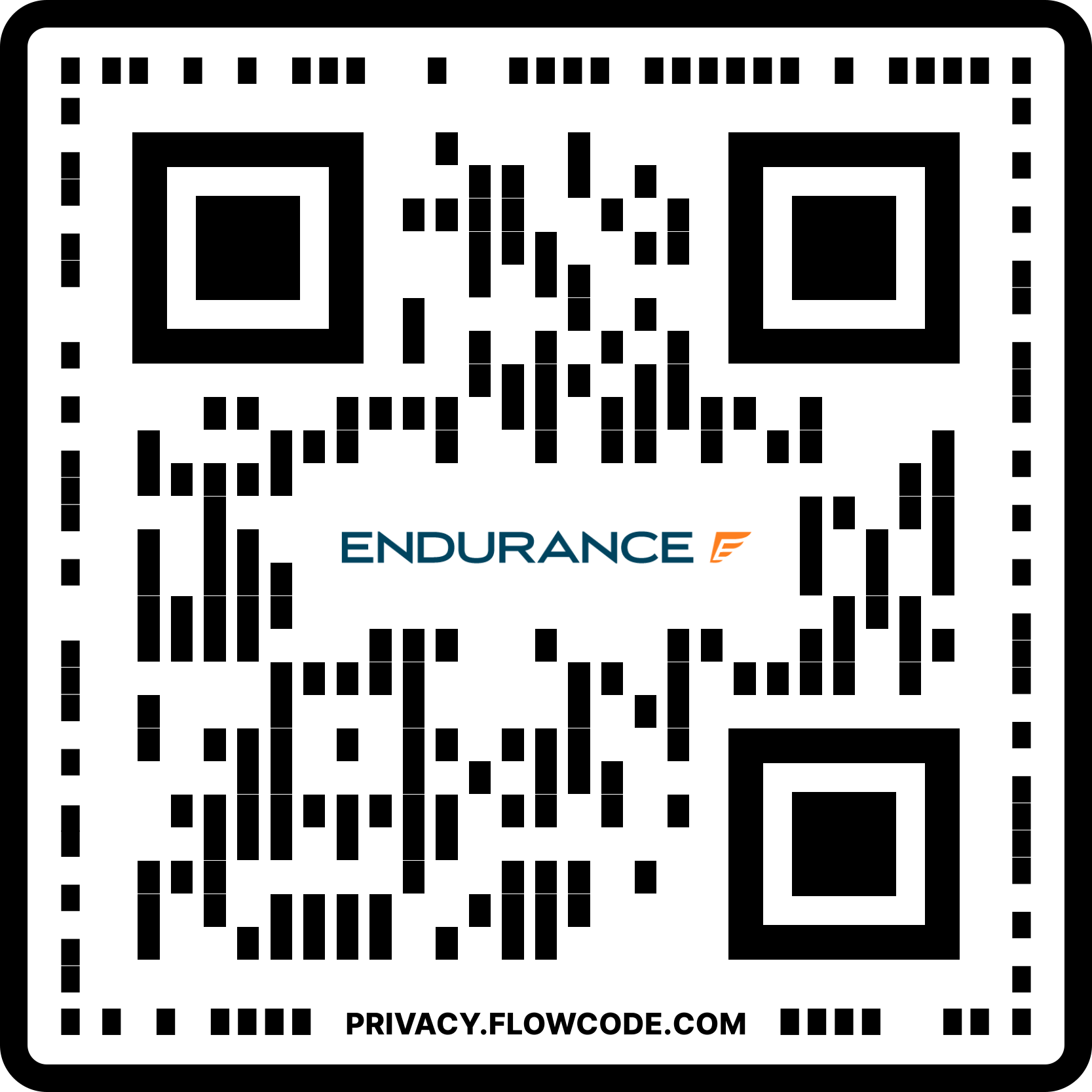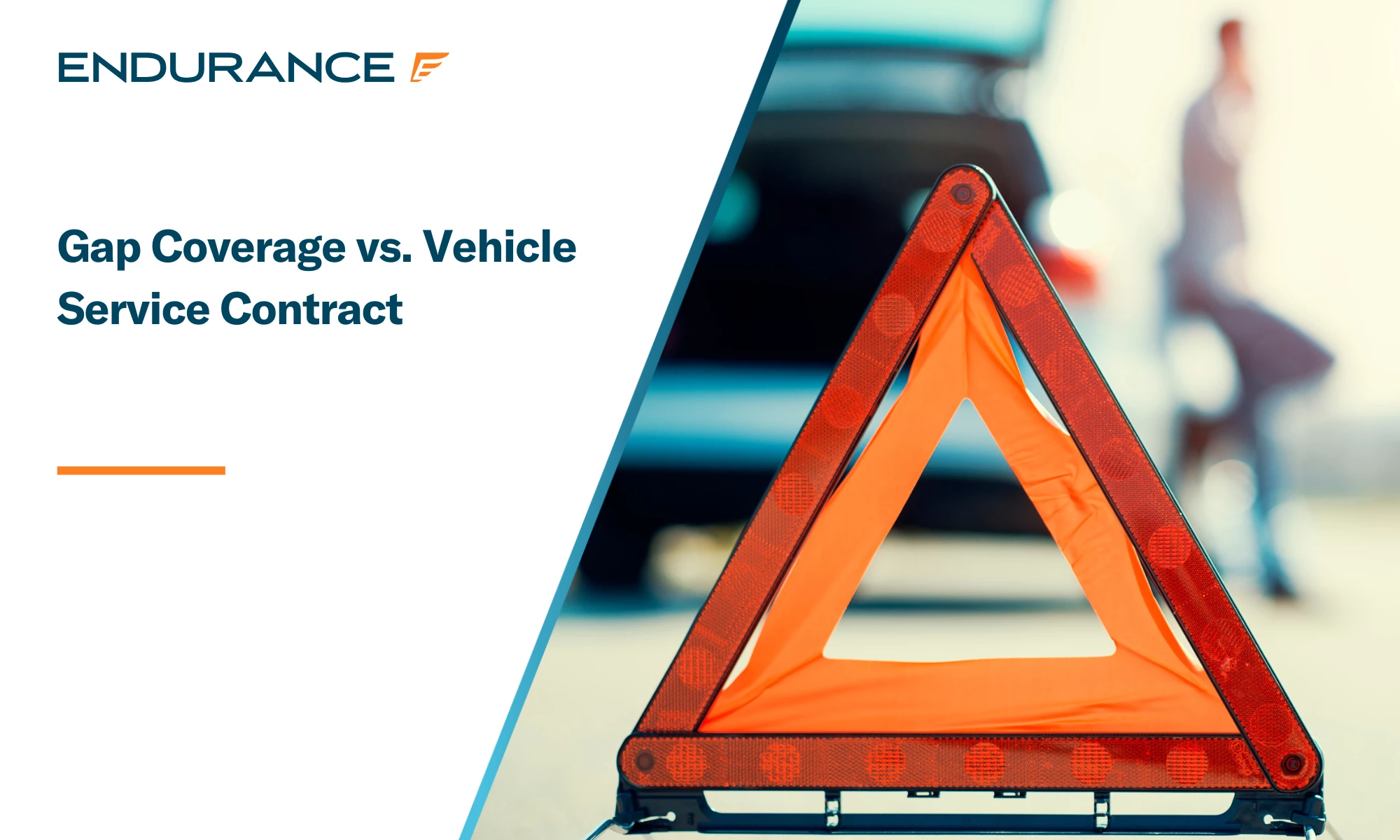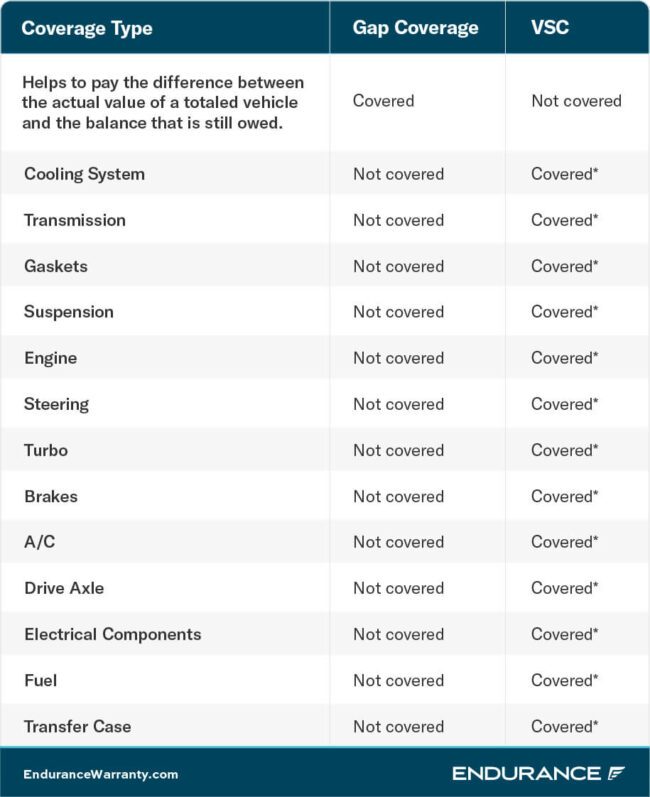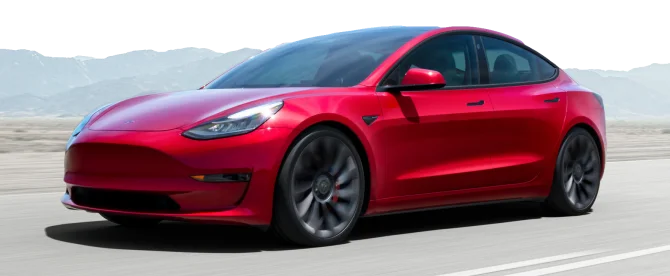Get this deal! Call now.
Speak with a vehicle protection plan specialist and get $300 off any new contract instantly.
Call 866-678-4172
or scan the code below


Whether you’re hitting the open road, racking up the miles commuting to work, or even storing your vehicle, purchasing the right auto protection can help you avoid any potentially costly repair bills.
A Consumer Reports study across major car brands suggests that a 1 to 5-year-old vehicle costs an average of $1,700 per year in maintenance and repairs, while a 6 to 10-year-old vehicle costs an average of $6,156 per year. This shows that repair and maintenance costs significantly increase as a vehicle ages, making extended protection more valuable over time.
Purchasing an extended warranty (more accurately called a vehicle service contract) from a third-party provider or even gap coverage from your car insurance company can help protect you from unexpected costs. Understanding the differences between these two types of auto plans is essential to ensuring you receive the best protection possible for your vehicle.
Finding the perfect brand new car or used vehicle is an exciting time for anyone, and paying for it with an auto loan or lease arrangement can be a great way to get started on your purchase. Protect yourself from high repair costs due to an unexpected breakdown or accident, and you can also help make sure that you stick to your intended budget.
Your auto insurance contract can also help protect you financially if your vehicle is stolen by paying out the vehicle’s current value after depreciation. For example, if you currently owe $20,000 towards an auto loan for your Jeep Wrangler that has a current depreciated value of $17,000, your insurance provider will not reimburse you for that gap of $3,000. On the other hand, gap coverage will reimburse you for the $3,000 that your auto insurance contract will not cover.
When you purchase a new vehicle from a dealership, it is protected by a manufacturer’s warranty. This coverage will help cover the cost of repairs or breakdowns caused by general wear and tear and other defects for typically three years/36,000 miles or six years/100,000 miles.
Once this initial manufacturer’s coverage ends, a vehicle service contract (VSC) offers drivers continued protection against those same unexpected and often expensive repairs, including the most vital components of a vehicle, such as the engine and transmission. Some coverage options, such as the Advantage plan, can even help you extend the life of your vehicle with up to $3,500 routine maintenance coverage.
While most VSCs cover a car’s most vital components, various types, such as bumper-to-bumper and powertrain warranties, can each cover a specific set of your vehicle’s components. On top of the component coverage, vehicle service contracts often come with additional perks to save you even more money.
For example, every Endurance protection plan automatically comes with standard perks like 24/7 roadside assistance and rental car reimbursement. In addition, you can activate a year of our Elite Benefits package, meaning you enjoy access to a host of extra perks, including:*
Gap coverage and vehicle service contracts are not interchangeable — they each offer different protection to motorists, and often it can make sense to take out both forms of coverage.

*Refer to your specific vehicle service contract for a full list of covered and excluded components.
Many drivers combine different coverage options, such as a vehicle service contract, auto insurance, and gap coverage, to have the most coverage available on their vehicles. Factors such as your vehicle’s make/model, mileage, accident history, and more can all help you determine the types of coverage you should get.
Enjoy even greater peace of mind with an Endurance auto protection plan, built to help you avoid costly, unexpected repair bills. Every plan also comes with a complimentary year of Elite Benefits, which includes added perks like key fob replacement, collision discounts, and more for extra coverage where it counts.
Request a FREE email quote to learn more about our auto protection plans or see your price and plan recommendations instantly through our convenient online store. The Endurance Learning Center blog also offers more informative and insightful articles on how you can protect your vehicle.

We're here to make sure you get the most comprehensive EV protection. That's why we've partnered with Xcelerate Auto to offer you transparent and dependable Tesla coverage.
Want us to contact you about XCare coverage for your Tesla?



Call for $300 off any new plan!
By clicking the button, you consent to Endurance using automated technology to call, email, and text you using the contact info above, including your wireless number, if provided, regarding auto protection or, in California, mechanical breakdown insurance. You also agree to the Endurance Privacy Policy and Terms and Conditions. Consent is not a condition of purchase, and you can withdraw consent at any time. Message and data rates may apply.
Speak with a vehicle protection plan specialist and get $300 off any new contract instantly.
Call 866-678-4172
or scan the code below



Simply fill out the information below and we will follow up fast with your free no-obligation quote.
By clicking the button, you consent to Endurance using automated technology to call, email, and text you using the contact info above, including your wireless number, if provided, regarding auto protection or, in California, mechanical breakdown insurance. You also agree to the Endurance Privacy Policy and Terms and Conditions. Consent is not a condition of purchase, and you can withdraw consent at any time. Message and data rates may apply.

To speak to a vehicle protection plan specialist and save $300
Scan the code below
After more than 16 years as a technician and service advisor, Adam Karner transitioned to the auto protection industry in 2009. As a Product Manager for Endurance Dealer Services, he brings valuable hands-on experience. Read more about Adam.